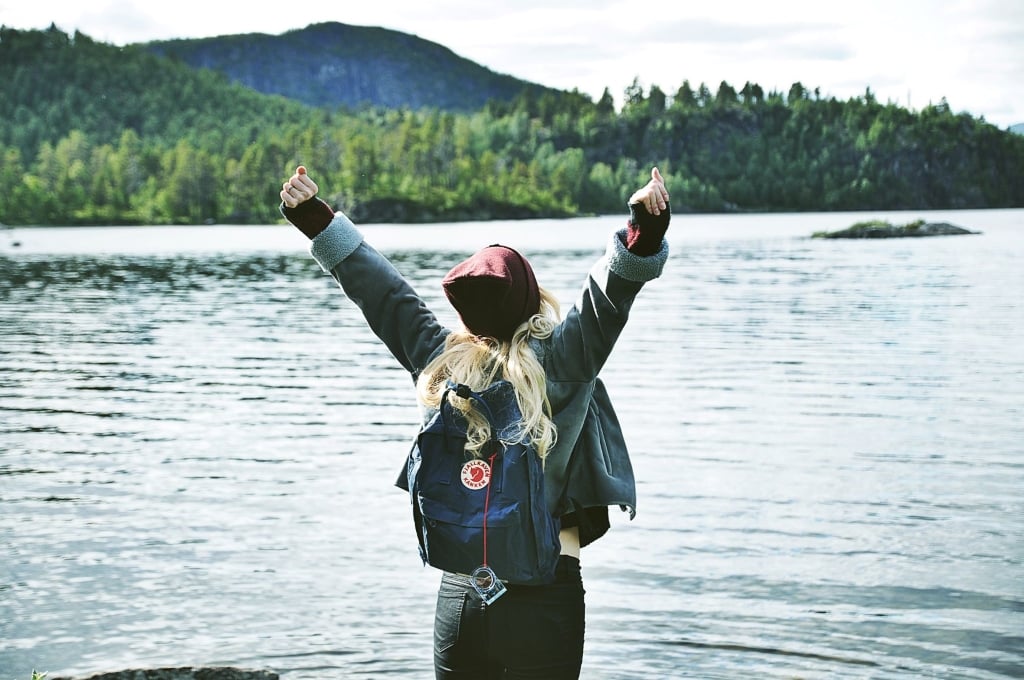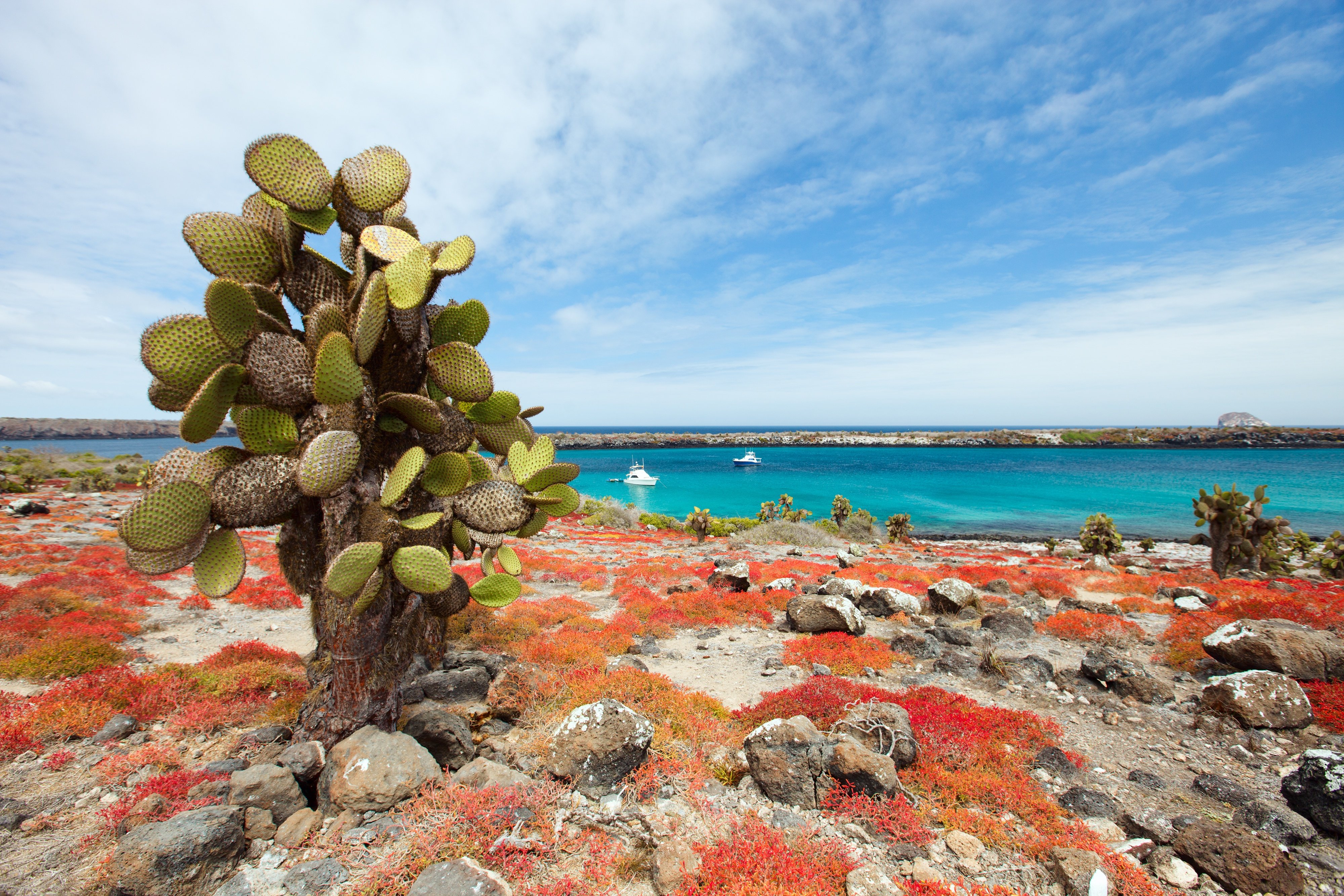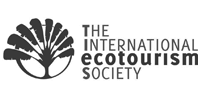Along the extensive and rugged Atlantic coastline of Argentina are a continuous series of bays, gulfs, inlets and peninsulas that are home to thousands of different marine animal colonies. The northbound Falkland Current acts as a sort of aquatic fence keeping the shallow sea rich in plankton, seaweed, fish and jellyfish which in turn attract large populations of sea birds and marine mammals.
Around the Peninsula Valdes and in the Golfo Nuevo congregate Southern Right whales (from June to mid-December), various species of dolphins, orcas (killer whales), southern elephant seals, South American sea lions, and various species of cormorants, among others.
Further south at Punto Tombo, around 65 miles south of Trelew, you can visit one of the largest and most important Magellanic Penguin breeding colonies in the world (from late-September to March).
There are many parts of the lower Chubut River Valley that are ideal for birdwatching, snorkeling, kayaking, mountain biking and hiking. Moreover, along the valley you can visit one of the many Welsh settlements, such as Gaiman, where you can step back in time and enjoy a cup of tea.
HOW TO GET THERE/WHERE TO GO
Trelew is the primary gateway city with daily direct flights from Buenos Aires.
The best base for exploring the Valdes Peninsula is the small seaside town of Puerto Madryn, situated on the Golfo Nuevo about 40 miles north of Trelew. The city has many hotels, restaurants and a new shopping mall.
If you want to be closer to the action, you can stay at remote estancias located out on the peninsula, near the Punta Norte and Punta Delgada.
WHEN TO GO
You can visit Peninsula Valdes all-year-round. Summer season lasts from mid-December though mid-March. As with most of Patagonia, strong winds are prevalent and generally stronger during spring and autumn. Summer days are warm with chilly nights. The marine climate influence the temperatures, keeping highs and lows relatively mild during summers and winters. Daily highs and lows are between the low-30's and high-50's in winter (June-August), low 40's to mid-70's in spring (Sept-Nov) and autumn (March-May), mid-50's to low-80's in summer (Dec-Feb).
Fauna calendar (exact dates vary from year-to-year):
Whales: late-June - mid-December
Penguins: September - March
Orcas - year-round (peak months - March and April)
Sea lions/seals/sea elephants - year-round
ACTIVITIES AND EXCURSIONS
Full-day Valdes Peninsula
A complete day can be spent enjoying the beautiful landscapes and wildlife of Peninsula Valdés. From Puerto Madryn you cross the Ameghino Isthmus, straddling the San José and Nuevo gulfs, entering the Peninsula. Wildlife of the area includes guanacos, rheas (choiques), Patagonian foxes, hairy armadillos, maras and the most important rookeries protecting large colonies of South American sea lions, dolphin gulls, kelp gulls, among others.
The road leads to the town of Puerto Pirámides with a beach that is protected by cliffs resembling pyramids. Most whale-watching cruises depart from Puerto Pirámides. From here, you will drive across the Peninsula, with 360 degrees of nature, to the far eastern coast where 100-meter-high cliffs are part of the rugged beauty.
Route 47 stretches along the eastern coast from Punta Delgada at the south end to Caleta Valdes and north to Punta Norte.
At Caleta Valdes (a thin leg of land parallel to the coast) you will be able to observe the elephant seal colony and a small developing Magellan penguin colony. During certain times of the year this is the best place to spot Orcas.
Orcas can be spotted year-round but the best places from which to see them are on the far eastern coast of the peninsula from Caleta Valdes and Punta Norte.
Caleta Valdes - October and November when they are most likely to approach the shore to hunt Elephant seal pups.
Punta Norte - March and April when baby sea lion pups are swimming around.
Overnight accommodations on the peninsula can be arranged at Estancia La Ernestina and Estancia La Elvira. Both properties specialize in Orca spotting.
Punta Tombo Penguin Colony & Gaiman Welsh village
Punta Tombo is located about 65 miles south of Trelew and 110 miles south of Puerto Madryn. The route crosses the rugged landscape of the Patagonian steppe. Punta Tombo is the most important breeding colony of Magellan penguins in the world and a seasonal home to more than one million individuals. Walk through a trail which cuts deep into the colony to observe closely these fascinating birds. The Magellan Penguins (Spheniscus Magellanicus) arrive at the Vernacci Islands in September. Each year they return to find their nest, made in a hole in the ground either in the open or in the cover of shrubs. They lay either one or two eggs. While on land, they live in pairs. At the beginning of autumn, they change their plumage and prepare for their life at sea, during this time the males and females live separately. In April the last penguins (the males) leave for the high sea, going north to their feeding grounds.
In order to protect the nesting area, catwalks for the visitors had been put in place. Other species such as kelp gulls, skuas, guanay cormorants, giant petrels, dolphin gulls, the Chubut steamer duck, hairy armadillos, and Patagonian foxes also inhabit the area.
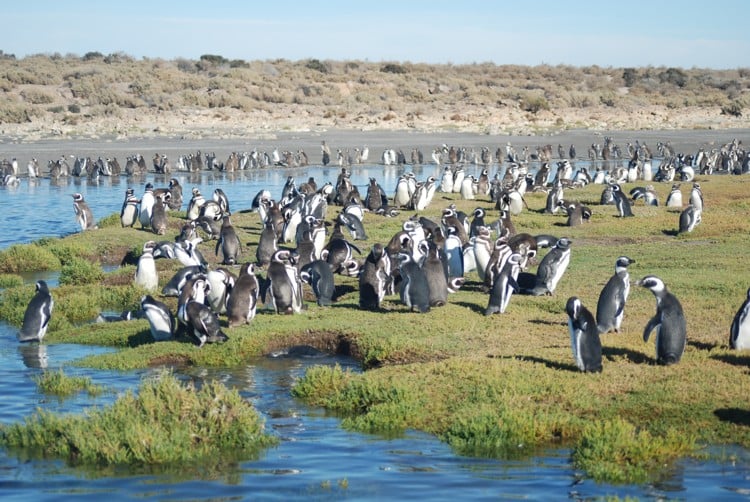
On the return to Puerto Madryn you can visit Gaiman, a typical Welsh settlement. Gaiman retains its village essence, sprinkled with farms, typical chapels, and Welsh-style houses. Visit the Welsh Tea Houses, where the descendants of the settlers prepare and serve the classic Welsh tea.
Whale Watching
The boat navigation departs from the beach at Puerto Piramide and crosses part of the Golfo Nuevo. The navigation is a good opportunity to appreciate the cliff views and the local fauna, including sea lions, dolphins and Orcas.
![]()
This narrow strip of land, 35 km long, with its arid soil and the deepest salt marshes in South America, possesses a very important natural resource of international value: the Southern Right Whale (Eubalaena Australis). The mating and birth of these huge mammals are seen every year from June to December. Dolphins are seen year-round.
Kayaking in the San José Gulf.
The San José River is located about 25 miles from Puerto Pirámides. It is a tidal inlet with numerous canals that fill with water with each high tide, creating a perfect refuge for a wide variety of sea and land birds. This is an excellent opportunity to discover the fauna of the area.
Kayaking to Villarino Beach
The San Jose Gulf is the place where the first Spanish expedition landed in 1779. While paddling you will be transported 200 years in the past imagining how the first explorers felt when they sighted these coasts.
![]()
You will visit a sea lion rookery during the trip. A picnic lunch is usually served on a small beach. On the way back to Puerto Pirámides you will pass by a small fishing village on Larralde beach.
During the months of June to December, you may have the opportunity to observe whales from your kayak.
WHERE TO STAY
Territorio Hotel
The Territorio Hotel is one of the best, if not the best, hotels in Puerto Madryn. All 36 rooms has a view of the sea. The elegant Territorio restaurant is one of the best places to eat in town with a menu based on regional ingredients and international cuisine. The hotel also has a fitness center and a Spa.
Hotel Peninsula Valdes
The Hotel Peninsula Valdes is located in Puerto Madryn. Rooms are equipped with refrigerators, in-room safe, wireless Internet access. Hotel services include: 24-hour room service, laundry service, restaurant and bar with express menu. Spa facilities include swimming pool, sauna and gym.
Hotel Bahia Nueva
The Bahia Nueva has been our top mid-range choice since it was built in 1995. The simple brick and wood construction dates back to the first buildings at the beginning of the 20th century.
Posada Los Mimbres
Located in the Chubut River Valley, the heart of Welsh immigration in Argentina.
The owners of Los Mimbres provide guests with comfortable, modern accommodations and delicious homemade meals in an atmosphere like staying at someone's home.
The building dates from 1879 and is situated on a beautifully landscaped farm. Formerly the home of David Beynen Williams and Gwen Jones, who had been granted 100 hectares from the Welsh settlement in Chubut. They named the location “Pant y Celyn” and build a modest house of sun-dried bricks and a blacksmith shop. Some years later they build the house, which is still standing, with materials brought from the U.S. and England. In 1988, 53 hectares of the original 100 were bought by Plust family who choose Patagonia as their living quarters and open their doors to visitors.
Estancia La Ernestina
An authentic estancia, located just a few kilometers from Punta Norte on the eastern shore of the Valdes Peninsula. Accommodations are 6 cozy rooms with ocean views. La Ernestina is on 15,000 hectares of land with 20 km of coastline with exclusive access to the beach. La Ernestina has the highest concentration of marine mammals and birds on the peninsula.
Estancia La Elvira
Located near Caleta Valdes. Facilities include 8 rooms and an outdoor swimming pool.
Bahia Bustamante
A small seaside village on the northern arch of San Jorge Gulf between Trelew and Comodoro Rivadavia. The location makes it easy to combine a few days here with some time on and around the Valdes Peninsula. Fly into Comodoro, out from Trelew, or vice versa.
Overnight accommodations are in four comfortable houses by the sea. Each house includes bedroom, living room, kitchen, bathroom, heating and hot water. Two blocks away from the houses, you will find the grocery store -your meals will be served here in typical Patagonian fashion. Regional meals are based on local products such as lamb, fish and seafood. Most vegetables are grown in a local garden. All meals and activities are included during your stay.
South of the village is Peninsula Gravina, with its thin sandy beaches sheltered from the wind by large red rocks that contrast with the intense blue of the sea. There are cemeteries of native animal population on the peninsula. At low tide, natural bowls form in the rocks, perfect for swimming in the warm summer afternoons. You can explore on bikes, horseback or mini-van. During these rides you will see a lot of birds.

Activities include boat navigation, wildlife viewing, visits to nearby ranches and petrified forest.
Boat Navigation
Sail along the seaweed fields encountering vessels working on the seaweed harvest. Sail on to the mussel crops where you will learn about the breeding system. Continue to Roca Malaspina and through the Vernacci Islands archipelago. You can see colonies of sea lion (usually over 3,000 animals during the breeding season), penguins (50,000 or more) and colorful marine bird colonies. Occasionally, you will spot dolphins or Orcas.
Ranches
Surrounding Bahía Bustamante with over 80,000 hectares and 22,000 head of cattle there are three ranches - Las Quebradas, Las Mercedes and La Margarita. There you have the opportunity to experience life on a real Patagonian ranch where, along with the residents, you can participate in most of the ranch activities. For instance, you can observe sheep shearing or learn about wool and meat production. Depending on the day's schedule, you may see marking, weaning, shearing or classifying. Lunch will be served at the ranch in true gaucho-style, usually featuring fresh Patagonian lamb.
Fauna
The coast of Bahía Bustamante and Malaspina Cove has the greatest diversity of seabirds in all Patagonia. There are 21 breeding colonies, made up of one to seven seabird species. The islands and islets of this region, noted for their diversity of flora and substratum and the richness of the marine fauna, create ideal conditions for the seabirds to breed. From the 12 different seabird species that breed in this area, the Magellan Penguin colony is one of the main tourist attractions of Chubut province. There are also significant colonies of Blue-eyed Cormorant and Rock Cormorant.
This area is also one of the two breeding grounds for the Olrog's seagull, an endemic and threatened species. The presence of this species in the area is due to the abundance of crabs, which are its main source of food during breeding periods. These crabs are found along the muddy beaches of the coastline. Another very common species in the area is the Kelp Seagull.
Apart from marine birds, several coastal birds come to this place to breed, feed and rest during their migration. Species include the Great Egret, oystercatchers, the Chubut Steamer Duck. Seven migratory, five neartic and two Patagonian species frequent the area. Migratory shorebirds usually stay in large groups and remain in very concentrated areas, frequently shared by more than one species. The Bahía Bustamante region, for example, is noted for being one of the main transitory spots on most migratory journeys - especially for the Red knot, the White-rumped sandpiper and the Hudsonian godwit.
The Valdes Peninsula and the southern Atlantic coast in Patagonia is a nature-lover's paradise. If you are interested in a trip to Argentina and the coast, speak with a Lost World Adventures travel consultant.
Read more about travel to Argentina at our Travel Planning Pages.




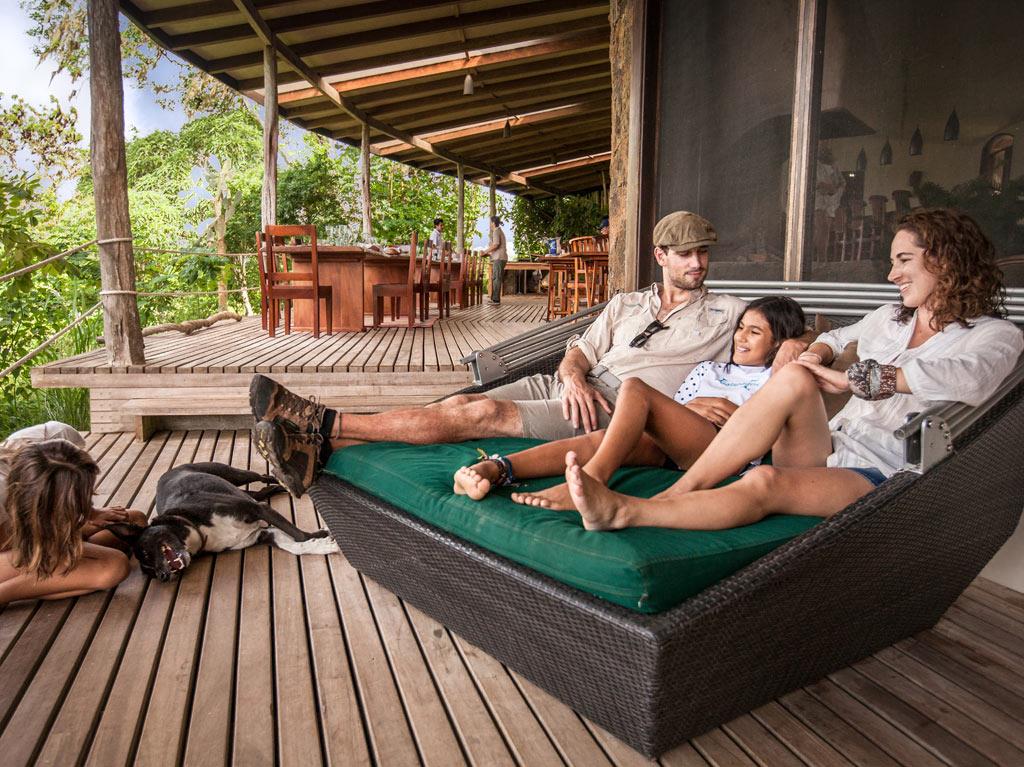
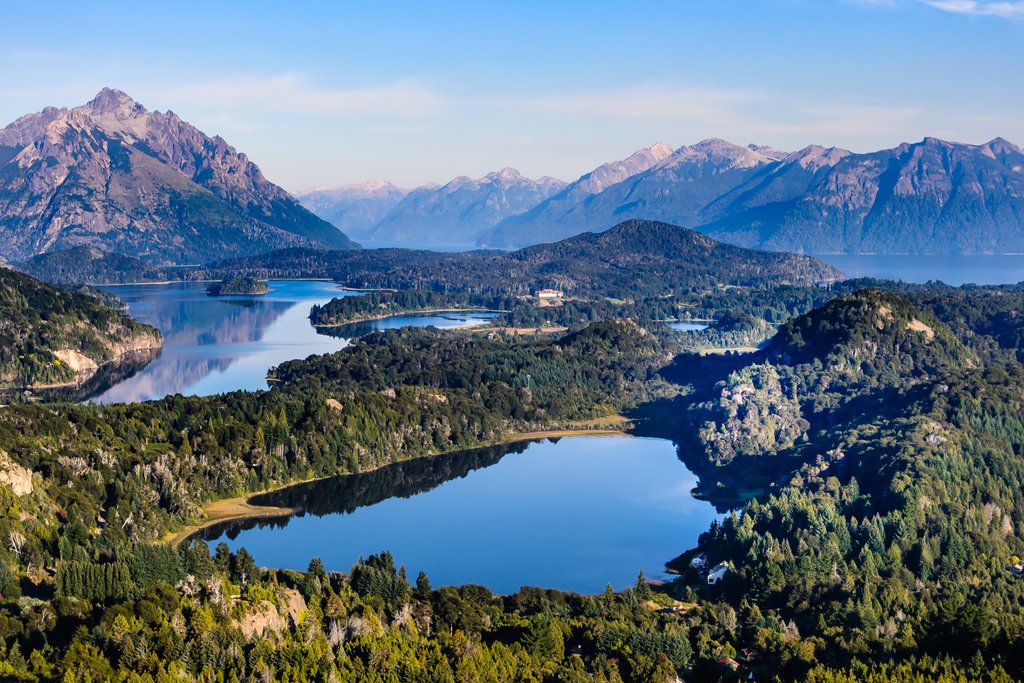
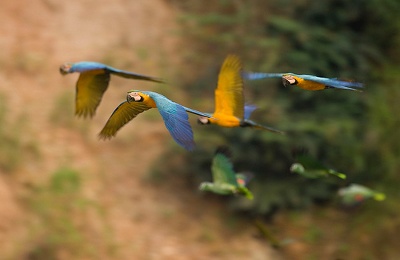

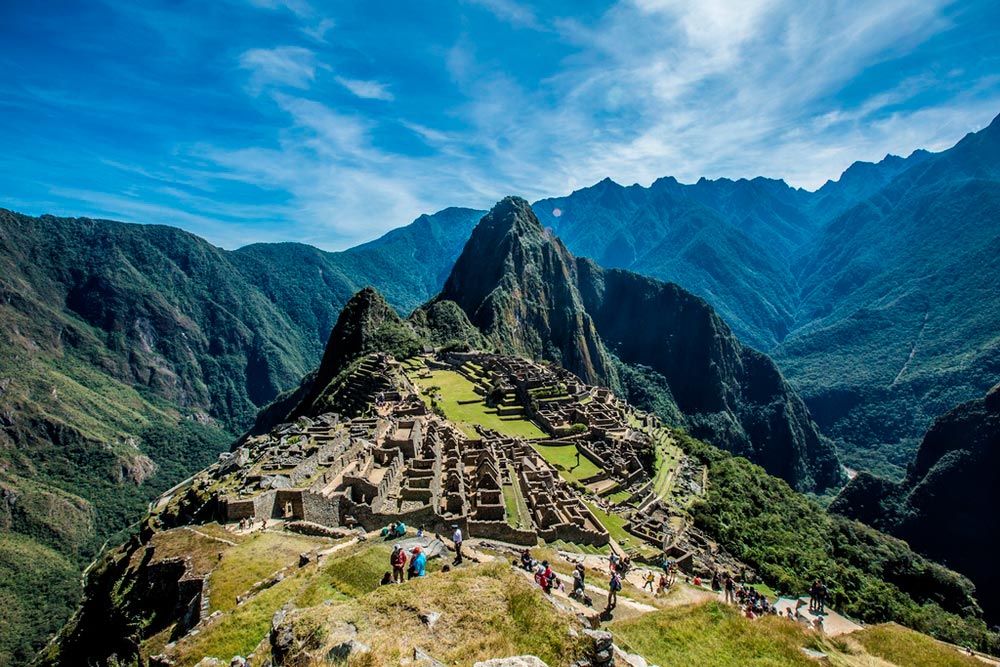
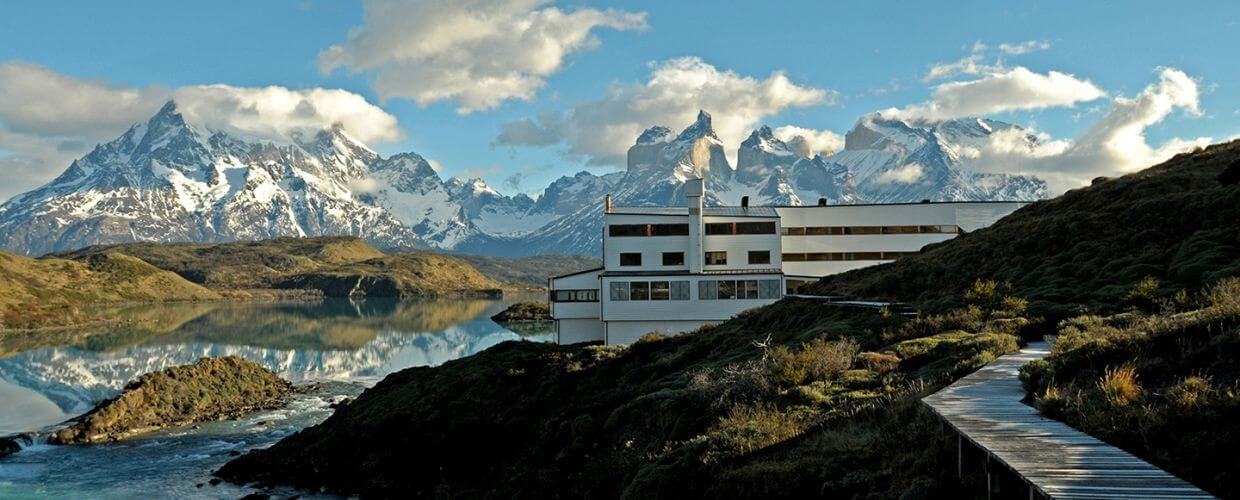
.jpg)
